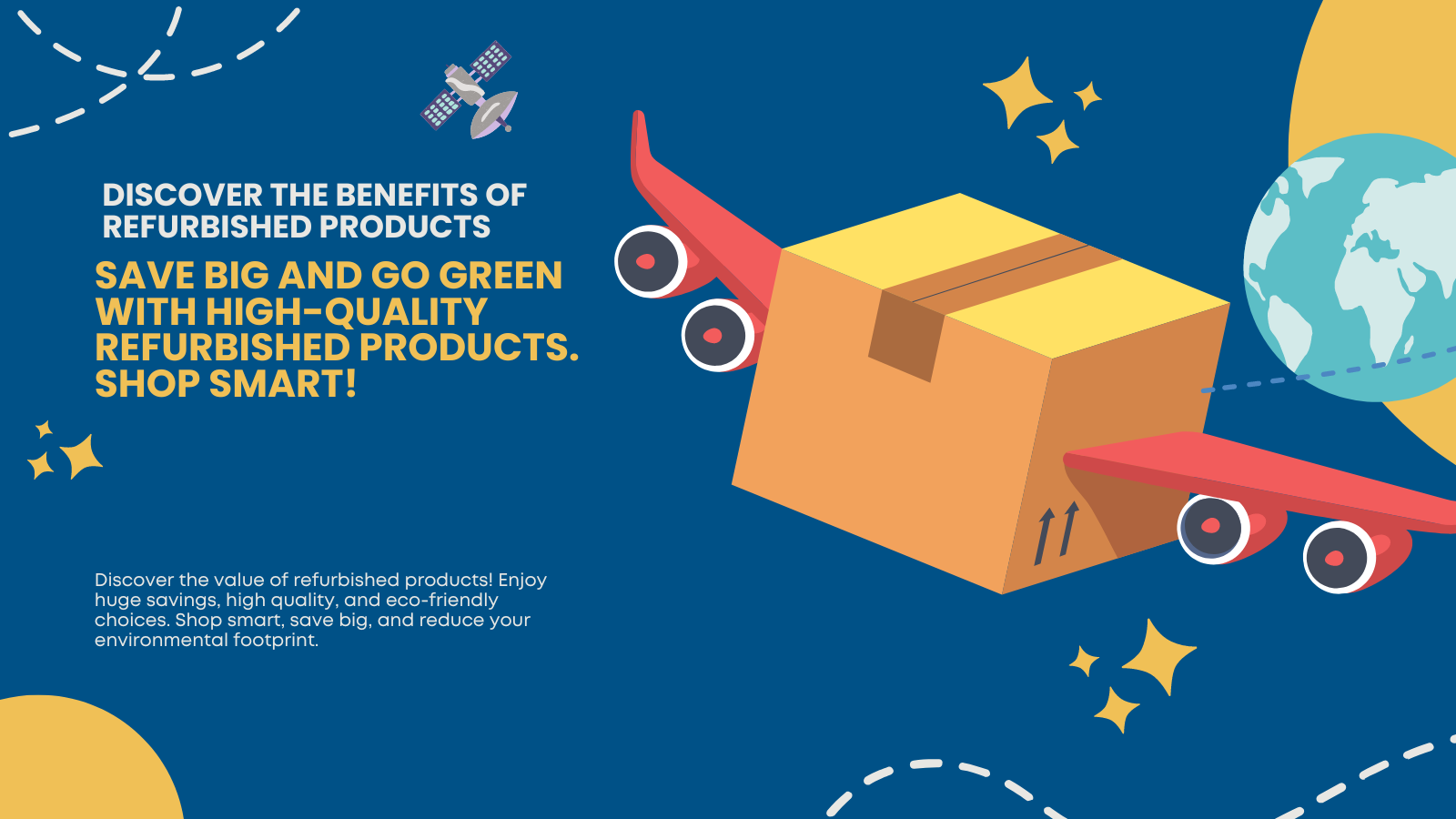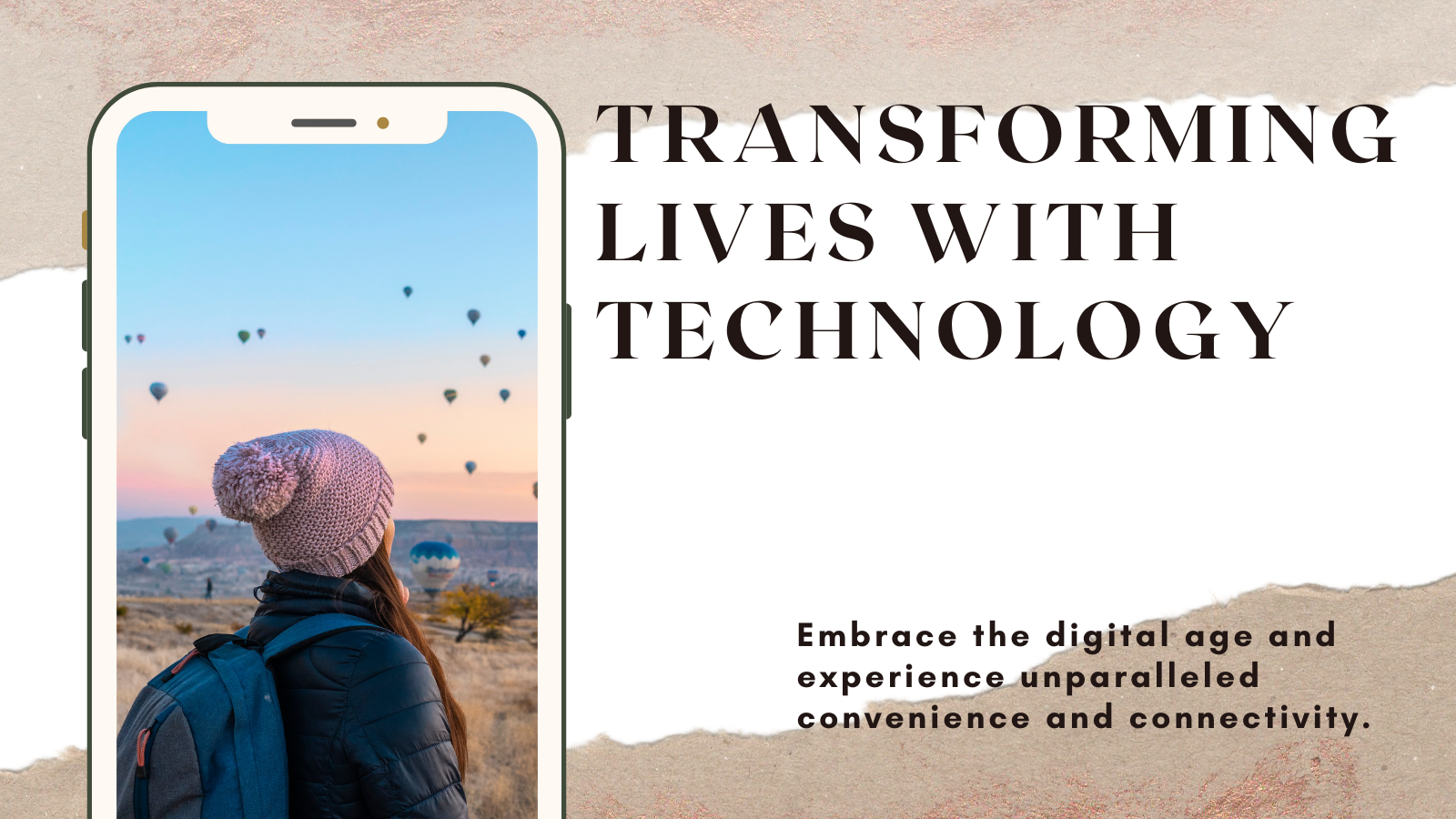In the past few decades, the advent of smartphones and other high-tech devices has dramatically transformed the way we live, work, and interact with the world. These innovations have not only made our lives more convenient but also revolutionised various aspects of daily living, enhancing efficiency and connectivity in unprecedented ways.
Category: Uncategorized
-

5G Smartphones: Revolutionizing Connectivity and Transforming Daily Life
The emergence of 5G technology marks a significant change in the world of mobile communications, as it makes easier and transform the way we connect with our devices and the world around us. At the heart of this technological revolution are 5G smartphones, devices that are assured to redefine connectivity and improves our daily experiences in unmatched ways. This article explain the impact of 5G smartphones, exploring their capabilities, benefits, and the future they herald.
The Promise of 5G Technology
5G, the fifth generation of mobile network technology, offers a dramatic improvement over its predecessor, 4G. With speeds up to 100 times faster, lower latency, and the ability to connect more devices simultaneously, 5G opens up a plethora of new possibilities. For 5G smartphones, this means seamless streaming, instant downloads, and real-time interactions that were previously unimaginable.
Enhanced Connectivity and Speed
One of the most coolest advantages of 5G smartphones is their incredible high speed. With download speeds reaching up to 10 gigabits per second, users can download entire movies in seconds and enjoy high-definition content without any distrubance. This speed boost is particularly beneficial for applications that require large and high data transfers, such as virtual reality (VR) and augmented reality (AR) experiences, which are becoming increasingly popular in gaming, education, and professional training.
Moreover, the improved connectivity of 5G smartphones means that users can stay connected in crowded areas, such as stadiums, concerts, and city centers, where 4G networks are often slow. This is due to the increased speed and improved infrastructure of 5G networks, which can handle a higher density of devices.
Low Latency for Real-Time Applications
Latency, or the time it takes for data to travel from one point to another, is drastically reduced with 5G technology. For 5G smartphones, this translates to near-immatiate responses in applications that require real-time interaction. For instance, in online gaming, players can experience smootherand fast gameplay with less lag, providing a more excellent and competitive experience.
In the realm of healthcare, low latency is important for telemedicine and remote surgeries, where every millisecond counts. Surgeons can perform procedures remotely with the aid of 5G-enabled robotic instruments, making advanced medical care accessible to remote and underserved regions.
The Internet of Things (IoT) and Smart Cies
5G smartphones are not just for personal use; they are essential for the Internet of Things (IoT). With 5G, millions of devices can connect at once, helping to create smart cities. In these cities, everything from traffic lights to home appliances will be connected, making things run more smoothly and efficiently.
Imagine a city where self-driving cars talk to traffic signals to reduce traffic jams, or where garbage bins tell collectors when they are full. 5G smartphones will be the control centers for these smart systems, letting people interact with and manage their surroundings in new and better ways.
Transforming Industries and Daily Life
The impact of 5G smartphones goes beyond just making life easier for consumers. Industries like manufacturing, farming, and shipping will see big changes. In factories, 5G will allow real-time control and monitoring of machines, making them run more efficiently and reducing downtime. Farmers can use 5G-connected drones to check on crops and animals, using resources better and increasing harvests.
For everyday users, 5G smartphones will improve many daily activities. They will offer experiences like augmented reality shopping and interactive learning tools. Commuters will enjoy better navigation and traffic systems, and fitness fans can get real-time health data and customized training programs. The possibilities with 5G are wide and varied.
Challenges and Considerations
While 5G smartphones have great potential, there are challenges to overcome. Building the 5G network needs a lot of money and teamwork from telecom companies, governments, and other groups. Also, there are worries about more electronic waste as people switch to 5G devices.
Privacy and security are major concerns too. With more devices connected through 5G, the risk of cyberattacks and data breaches goes up. It’s very important to have strong security measures to protect user data as 5G networks spread.
Conclusion
5G smartphones are a huge leap in mobile technology, offering incredible speed, connectivity, and potential. As they become more common, they will change industries, improve daily life, and help build smart cities and IoT systems. However, to fully benefit from 5G smartphones, we need to solve infrastructure, environmental, and security issues. As we move into this new era of connectivity, 5G smartphones will play a key role in shaping our future, making the world more connected.
-

The Rise of Refurbished Products: A Sustainable and Economical
In a world focusing on sustainability and budget friendly products, refurbished products have emerged as a significant trend. Offering consumers the opportunity to own high-quality items at a half price of new ones, the refurbished market has grown rapidly. But what exactly are refurbished products, and why are they gaining such popularity? Let’s explore this burgeoning sector.
Understanding Refurbished Products
Refurbished products are items that have been returned to a manufacturer or vendor for various reasons, such as minor defects, customer dissatisfaction, or display use. These products undergo some little testing, repairs, and quality assurance processes to ensure they meet the original specifications before being resold. Common refurbished items include electronics like smartphones, laptops, and tablets, as well as appliances and other consumer goods.
The Advantages of Buying Refurbished
- Cost Savings: One of the primary key of refurbished products is the cost savings. Consumers can often purchase these items at a significant discount compared to new ones, sometimes up to 50% less. This makes high-end products more accessible to a broader audience.
- Environmental Benefits: By choosing refurbished items, consumers contribute to reducing electronic waste, which is a growing environmental concern. Extending the cycle of products minimizes the demand for new resources and helps decrease the environmental impact associated with manufacturing and disposal.
- Quality Assurance: Many sellers ensure that these items undergo extensive testing and refurbishment processes. Many come with warranties, giving consumers peace of mind that they are purchasing a product that is reliable and in good working condition.
- Access to Older Models:Many of the times, consumers prefer older model products that are no longer available as new. The refurbished market can provide access to these items, which might have specific features or designs that newer models lack.
Potential Drawbacks and Considerations
While there are many benefits to buying refurbished, there are also some potential drawbacks to consider:
- Limited Availability: Refurbished items may not always be available, especially for the latest models or highly demanded products. Consumers might have to wait or search extensively to find specific items.
- Possible Cosmetic Imperfections: While refurbished products are tested for functionality, they may have minor cosmetic imperfections such as scratches or dents. These do not affect performance but might be a consideration for some buyers.
- Shorter Warranty Periods: Although refurbished items often come with warranties. It’s important for consumers to review warranty terms and conditions before making a purchase.
- Vendor Reliability: The quality of refurbished products can be decide depending on the vendor. It is crucial to buy from reputable sellers who offer guarantees and have a solid return policy to ensure a positive buying experience.
The Market for Refurbished Products
The market for refurbished products is expanding rapidly. Tech giants like Apple, Samsung, and Dell have dedicated sections for refurbished items on their websites, offering consumers the chance to purchase certified pre-owned devices. Additionally, online marketplaces such as Amazon Renewed and eBay Refurbished have become popular destinations for bargain hunters.
The growth of the refurbished market is also driven by increased consumer awareness and demand for sustainable products. Many consumers are becoming more conscious of their environmental footprint and are actively seeking ways to reduce waste and support a circular economy.
Conclusion
Refurbished products offer a compelling combination of affordability, sustainability, and quality. As more consumers recognize these benefits, the market for refurbished items is poised to grow even further. By making informed choices and purchasing from reputable sources, buyers can enjoy significant savings while contributing to a more sustainable future. Whether you’re looking for the latest tech or simply trying to save money, refurbished products provide an excellent alternative to buying new.
